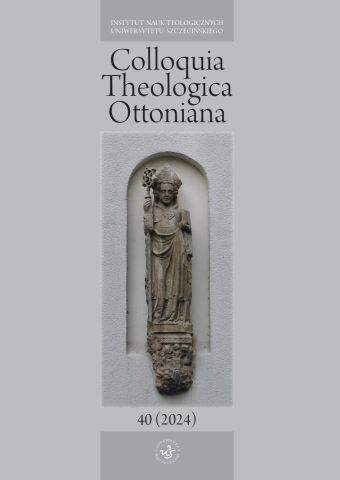Radio Communication Strategies on the Example of Selected Religious Radio Stations
Radio Communication Strategies on the Example of Selected Religious Radio Stations
Author(s): Katarzyna ZagórskaSubject(s): Theology and Religion, Religion and science
Published by: Wydawnictwo Naukowe Uniwersytetu Szczecińskiego
Keywords: radio; religious radio; Radio Emaus; Radio Orthodoxia; communication strategies
Summary/Abstract: The article presents a pragmalinguistic reflection on contemporary Polish media. The subject of the research was narrowed down to religious radio broadcasting. Two stations were selected for this study to illustrate different models: Orthodox Radio Orthodoxia from Białystok and Catholic Radio Emaus from Poznań. The research examined the programme concepts of both stations as well as selected examples of their on-air broadcasts, with particular reference to the week of 3rd-10th December 2023. The aim was not to compare the two radio stations directly, but rather to present the forms of their programmatic delivery (this included an exploration of the confessional dominance in Radio Orthodoxia and the pre-evangelistic approach in Radio Emaus), despite varying broadcast times and modes of linguistic expression (e.g. addressative phrases). The material analysed encompasses content broadcast by both stations (broadcasts, spots, presenter statements, promotional material) and content posted on websites or social media platforms (YouTube, Facebook, Instagram). This material was structured through three strategies: self-presentation, relationship building, and evangelism. Media content analysis was used as the research method. Self-presentation included the station’s identity messages, both online and on-air, such as radio sweepers (content and language form: Radio Emaus – dobre radio; Radio nadziei, miłości i wiary – Radio Orthodoxia). It also involved other messages about the station (legal forms, e.g. statutes, decrees) as well as the lineup, that is the programme structure. The relationship-building strategy is supported by the unique characteristics of the auditory and religious medium. Directness in communication is facilitated by linguistic means. Community with the listener is shaped by inclusive examples (verbs, pronouns), addressative phrases, and phatic expressions. The evangelistic strategy in the analysed Polish religious stations follows an editorial line. It is based on a diversified programme offer (ranging from religious broadcasts to church service broadcasts) and initiatives to integrate local and pastoral communities. Radio Orthodoxia expresses solidarity with Ukraine, with some information on the website in Ukrainian. It generally adopts a more traditional approach in its choice of content and forms, and is less present in new media compared to Radio Emaus.
Journal: Colloquia Theologica Ottoniana
- Issue Year: 2024
- Issue No: 40
- Page Range: 235-259
- Page Count: 25
- Language: English

